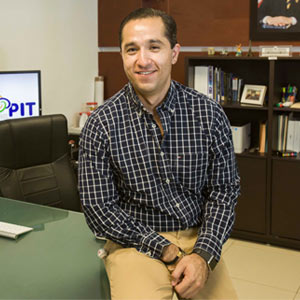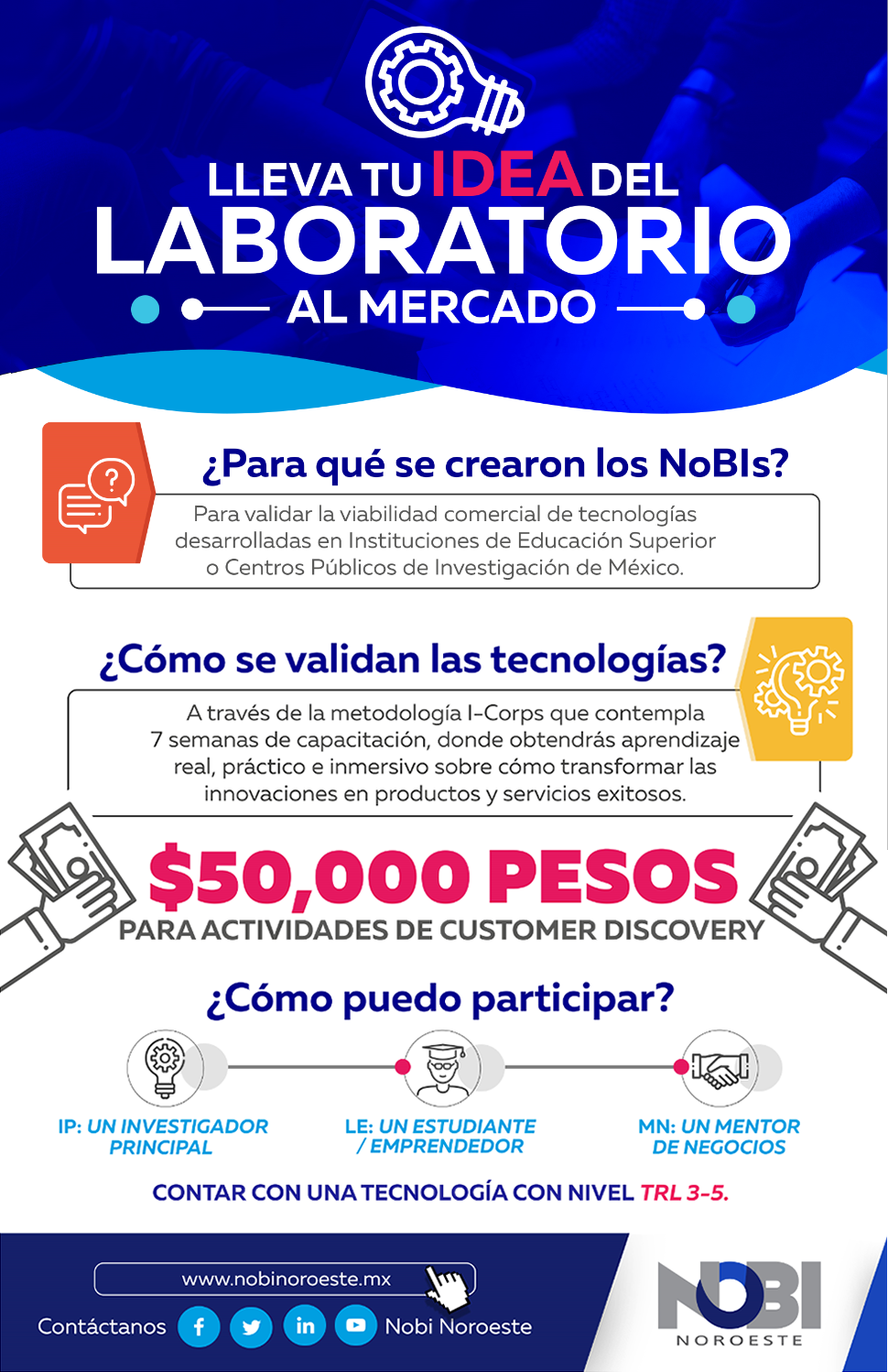With the paper An innovation and knowledge transfer network to enhance scientific-technological capabilities and the impact of applied research projects as a tool to improve the country’s competiveness (México), the General Director of the Technological Innovation Park (PIT) of the Autonomous University of Sinaloa (UAS) will participate in the 33rd World Conference of the International Association of Science Parks and Areas of Innovation (IASP).
Master of Business Administration José Ramón López Arellano specified that this event will be carried out in Moscow (Russia), from September 22nd to 27th, and the UAS, through its centre for technological innovation, will become the first Mexican institution presenting a paper before the IASP.
«Our work was accepted because it seemed to them [the organizers] a good proposal: we expressed the great practices of research projects within an university park in developing countries; model that may be replicated and launched in Latin America countries», explained.
López Arellano informed that since last year, jointly with other national universities, the PIT-UAS has been working 10 diverse projects of applied research, collaborative researches which also were decisive factors for this paper to be included in the 2016 programme of the aforementioned world conference.
Regarding such linkage with other national technological parks —of which there are few in Mexico—, he emphasised that currently the PIT-UAS is working with the universities of Juárez, Tabasco, San Luis Potosí, Querétaro, Michoacán and Chiapas; the MBA also commented that an approach with the University of Sonora has already been made.
The General Director of this university area detailed that in past months the institution he presides received the certification as affiliate member of the IASP, thanks to which the UAS turned into the first Mexican public institution incorporated to the association.
Nowadays, the IASP is formed by 398 members belonging to 74 countries, affiliates among which are counted the 42 registered universities; these nations, together, have around one hundred and twenty-eight thousand innovative companies.
Source: http://dcs.uas.edu.mx/index.php?sec=3&op=2&tipo=i&id_noticia=6550 translated by Belem Ruiz (Edition and Communication, PIT-UAS).



 Parque Científico Tecnológico, Universidad Autónoma de Sinaloa © 2015
Parque Científico Tecnológico, Universidad Autónoma de Sinaloa © 2015